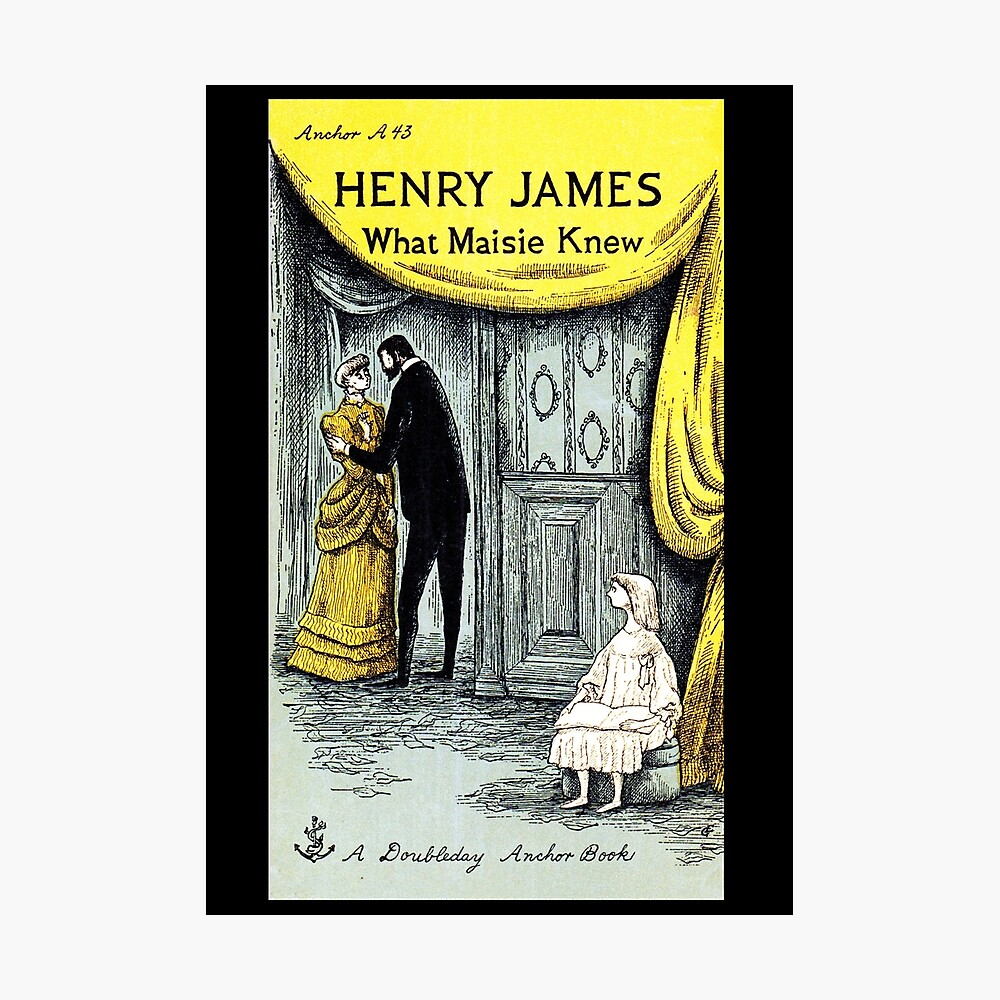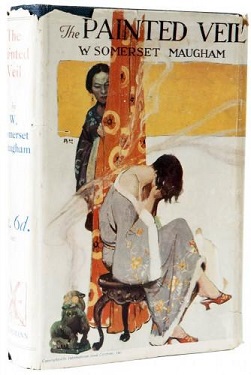
This is a true story that caught the national media by storm. No pun intended!
I have diverged from my usual blog posts as Where You’ll Find Me: Risk, Decisions, and the Last Climb of Kate Matrosova is not a literary work. Ty Gagne is not a writer by profession. It is the story that is more intriguing than the writing. It is a gripping human interest story. It hits close to home in many ways and I needed to write about it to process my own emotions.
On the 15th of February, in the year 2015, 32 year old Kate Matrosova of NYC attempted a solo traverse of the summits of the White Mountains in New Hampshire. Her plan was to undertake a light and fast traverse through several peaks in the Presidential Range. In other words, she intended to pack lightly but move quickly on the trails and begin her descent back the same day instead of camping overnight. She had a satellite phone, a GPS device and a personal locator beacon. Her husband was going to pick her up that very evening on the other side of the range. Kate Matrosova was an experienced hiker and physically fit. She had previously summited four of the seven highest peaks on each continent and was targeting Mount Everest next. She would have successfully scaled the summits on any other day. It just so happened that she chose the worst possible day to hike.
A Nor’easter storm veered off its predicted course making it an extremely dangerous day to hike. Kate was mentally prepared for setting off in cold weather. Perhaps she was seeking a day with frigid temperatures and snow to train herself for Mount Everest. But she was unaware that the storm in the forecast was going to hit sooner than predicted. She had checked the weather the evening before but had embarked on the hike in the pre-dawn hours before the morning forecast was issued by the Mount Washington Observatory on what turned out to be the worst winter blizzard day that season:
In the clouds with snow and blowing snow. White out conditions. High temps dropping to -20F. Winds NE shifting NW 45-60mph rapidly increasing mid-morning to 80-100mph with gusts up to 125 mph. Wind chills 65-75 below zero.
The following day rescuers found her frozen body. She was blown off a peak by the wind and had died of exposure.
Where You’ll Find Me: Risk, Decisions, and the Last Climb of Kate Matrosova is a detailed account of the ill-fated winter hike written by Ty Gagne, a corporate risk management executive and a certified wilderness responder. With data retrieved from her GPS and with the aid of photos, maps and venn diagrams, he meticulously pieces together the events leading up to the discovery of her frozen body the following day. He retraces her route and imagines her thought processes. He also follows the trajectory of two other guided hiking groups that set off on that day and unlike Matrosova, decided to turn back. The second half of the book describes the rescue and ultimately the recovery operation by brave and dedicated individuals who were risking their lives too in the treacherous weather and who grappled with the same decisions that Kate Matrosova had to face.
Gagne explores the psychology of risk. What makes us take the decisions we do? Gagne uses Matrosova’s story to analyze risk in the workplace. He tries to understand what could have gone wrong in her decision making. He withholds judgement though he points out her errors. He starts the book by giving an example of a hike he went on where he himself made mistakes.

Kate was dropped off at the Appalachia parking lot in the wee hours of the morning by her husband, Charles Farhoodi. She started up the Valley Way Trail and got up above treeline in tough conditions taking more time than usually required. She took a left off the main trail to climb up to the top of Mount Madison and then descended back down to join the main path and took a left on to the Star Lake Trail to tackle the next summit. She was already far behind schedule. She was hiking against 85 miles per hour winds but instead of abandoning her hike and turning back, she started climbing Mount Adams.
But less than 150 feet from the summit, ‘An impenetrable wall of wind’ finally prompted her to turn back and abandon the rest of the hike. Unfortunately it was too late. She would have become hypothermic by that point and unable to keep up with the winds which by then were approaching over 90 miles an hour and the temperature with wind chills were reaching close to -100F. At some point, in desperation, she activated her personal locator beacon but to no avail. It seems like she was hurled off the peak by the strong winds and probably hurt or unable to walk any more. I can’t even imagine how panic-stricken she must have been while waiting for help!
As her PLB erroneously reported multiple locations, the initial rescue team went looking for her on the wrong side of Madison and returned at 3 a.m. with no luck. The search resumed on Monday morning with a larger rescue team including the New Hampshire Army National Guard Black Hawk helicopter and a civil Air Patrol Cessna airplane. The rescue teams on the planes had to call off the search because of poor visibility. Her body was finally found by a ground rescue team 150 feet downslope off the Star Lake trail, close to the location indicated by the first signal from the beacon. It is likely she would not have made it even if the initial coordinates had been correct.
Matrosova had a solid plan with ways to opt out if she needed as is apparent in the map above. But why did she go solo in the dead of winter? Why did she not have sufficient gear? She had no sleeping bag or bivy sack and not even snow shoes with her and though she carried crampons, she does not seem to have used them. And why did the weather forecast not deter her in the first place? But having set out, when there was a point where she could have decided to turn back, what made her continue to scale the next peak despite the deteriorating conditions? She had done a winter climb to Madison Col a month earlier with her husband and they had camped up overnight in the mountains but they had to abandon going on Mount Adams as her husband could not keep up with her. Could it be that she did not want to miss the summit a second time having come all the way? Gagne delves into all these questions as he tries to analyze Kate Matrosova’s mindset.
Although Gagne was not among the team of rescuers, he pieces together the events that led up to the tragedy to analyze if it could have been prevented if other choices had been made. I wasn’t very comfortable with the fact that he uses her personal story to discuss risk management in the workplace. Yet it was a very engaging read and I was on edge the entire time even though I knew how this would end. The last chapter has a different tone from the rest of the work which is more factual. On the anniversary of her death, Gagne goes on the same hike that Matrosova had attempted and feels her ghostly presence in the mountains.
Kate Matrosova’s story affected me deeply. I am from New Hampshire and I know these mountains. I’ve hiked on some of the trails albeit in more forgiving weather. A friend from out of town who has hiked to Everest base camp remarked that scaling Mount Washington was even more challenging. The trails look deceptively simple because the mountains are at a much lower altitude. You don’t have to deal with the oxygen shortage that you encounter on a Himalayan trek but the terrain is still treacherous because the weather patterns are unpredictable in these mountains.

Kate’s story made me think about the power of Mother Nature, a force so formidable that it is still beyond human control in spite of the technological advances we’ve made, and it also brought many questions to mind:
What causes people to pontificate and pass judgements on others without understanding or compassion? The story went viral and invited a lot of vitriol. People were making conjectures about Matrosova’s behavior and character accusing her of being stupid, overly ambitious, and even of suffering from hubris as if she were a character from a Greek tragedy. She is not here to defend herself. These mistakes could have been made by anyone. She probably underestimated the changing weather conditions in the mountains. And who knows if hypothermia had clouded her judgement?
When there are so many similar stories, why do some stand out and capture the world’s attention? There have been close to 200 known fatalities within the Presidential Range. Most recently on Jan 19, 2024, an experienced hiker died on a solo hike in brutal conditions succumbing to frigid temperatures and harsh winds. His story died down with him and with the storm. Kate Matrosova was an accomplished young immigrant from Siberia who lived the American dream by getting a great education and achieving corporate success. She was an investment banker in NYC who was not only rich but very pretty too. Are these the reasons that made her story more noteworthy?
And last but not the least, how to do you balance risk versus reward? Do we not have to be willing to take some amount of risk in order to live our dreams? Where do we draw the line between living a fulfilling life and recognizing our limits? Kate Matrosova’s story haunted me from the beginning. I found myself thinking about her for weeks after reading the book. Would I have ventured out in those conditions? I am a cautious person by nature and even I know that all it takes is a split second decision for things to go awry. I view this incident as a cautionary tale and I would recommend this book to outdoor adventure enthusiasts.
Ty Gagne brings up important points like developing soft skills and knowing when to make alterations to your original plan to avert a tragedy of this nature. He also talks about the advantages and disadvantages of going with a group as opposed to going by yourself. Kate never had to think on her own before as her previous hikes were guided trips. All these lessons apply not only to decisions taken on adventures but also when you you are faced with quandaries in life wondering whether to turn right or left and risk it all or play it safe. Kate undoubtedly made mistakes but she was also unlucky. Don’t we all struggle with similar decisions from time to time which make us exclaim, ‘But for the grace of God go I”?
Isn’t there a bit of Kate Matrosova in all of us?














































































 There are some books that are plain comfort food for the soul. One such book that holds a special place in my heart is
There are some books that are plain comfort food for the soul. One such book that holds a special place in my heart is 
